DESIGN EDUCATOR
Sessional Instructor (2024-Present)
Emily Carr University of Art + Design
I am an Industrial Design instructor at Emily Carr University of Art + Design in Vancouver, British Columbia. I have taught studio and lecture courses on industrial design project development, freehand drawing and drafting methods, and ergonomics.

Courses Delivered - All Courses
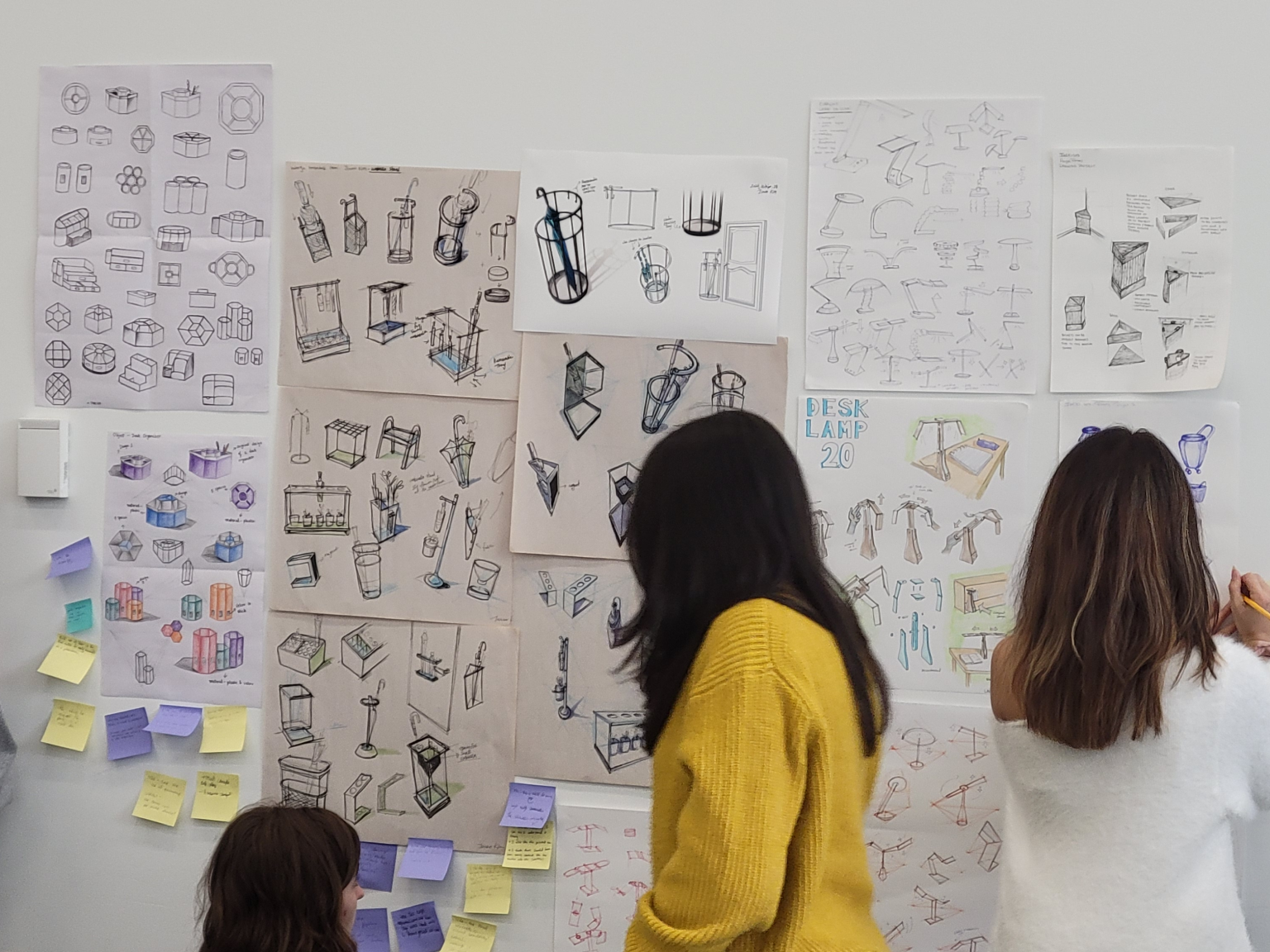
STUDIO
INDD 203: Freehand Drawing & Drafting
This course focuses on freehand techniques for developing and communicating ideas in the design process. One third of this studio covers fundamental conventional drafting skills, including the use of instruments, equipment, geometric constructions, theory of orthographic projections, dimensioning of detail drawings, general assemblies, axonometric, and isometrics. Two thirds of the course deals with freehand methods for thinking about and relaying ideas including skills describing form, material, motion, perspective, volume, space and light. Assignments will progress from simple exercises to more conceptually challenging projects.
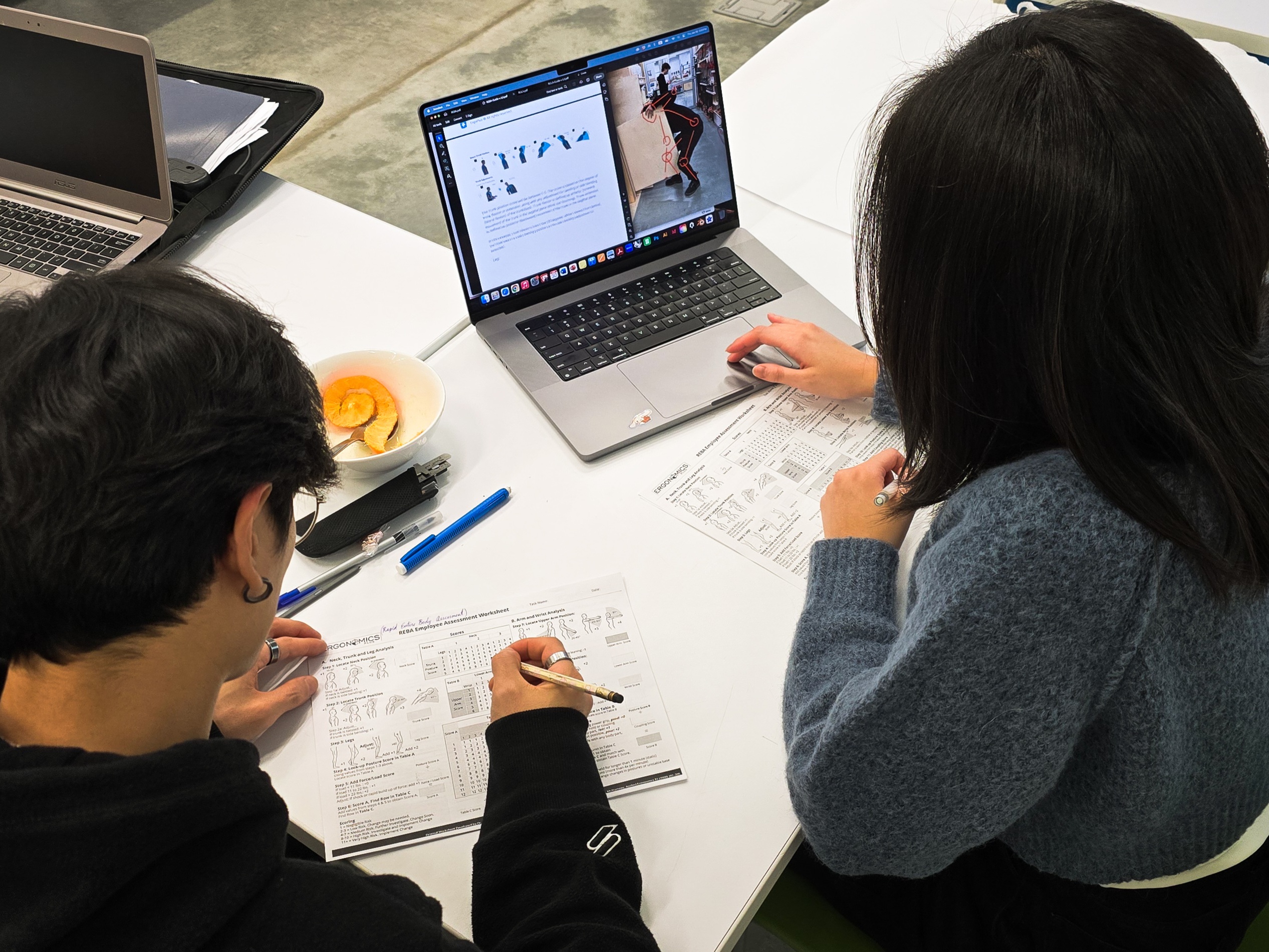
STUDIO
INDD 315: Human Fit: Applied Ergonomics
This course supports core studio work in product design and interaction design by providing students with the opportunity to explore the ergonomic credibility and possibilities for their projects. A preliminary introduction to ergonomics methodology and testing protocols is followed by the testing and assessment of individual students' core studio prototype. This course will support a variety of different types of projects in various stages of development, including small skill-building opportunities in the application of ergonomic principles and effective and ethical testing protocols in the first part of the course continuing with focused and additional skills in the second part of the course. Techniques will be taught to assist in all phases of product development with a particular emphasis on effective testing protocols. Products are tested for physical ease of use as well as psychological and cognitive accessibility.
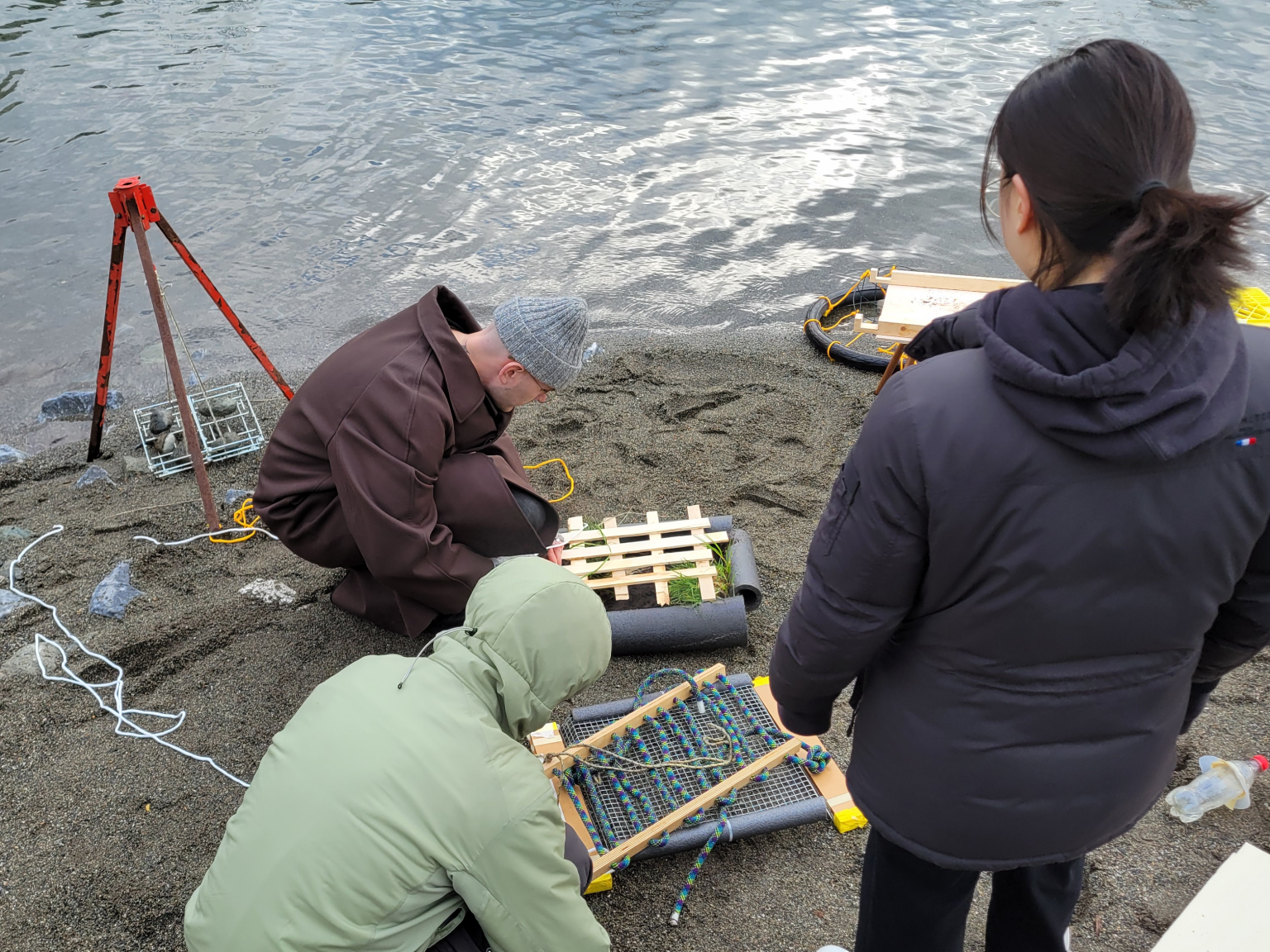
STUDIO
INDD 200: Core Studio Industrial Design
This introductory Core Studio acquaints students to key aspects of Industrial Design. Students will learn fundamental design principles, diverse materials, issues of sustainability, fabrication and making, while simultaneously exploring varied social and cultural contexts of industrial design. Students will engage in all aspects of the design process: research, analysis, sketching and iterative prototyping, and design development alongside presentation techniques in order to meet the required studio objectives, through both individual and group projects. Discussions and critical reflection throughout the development of their studio project work help students make informed design decisions.
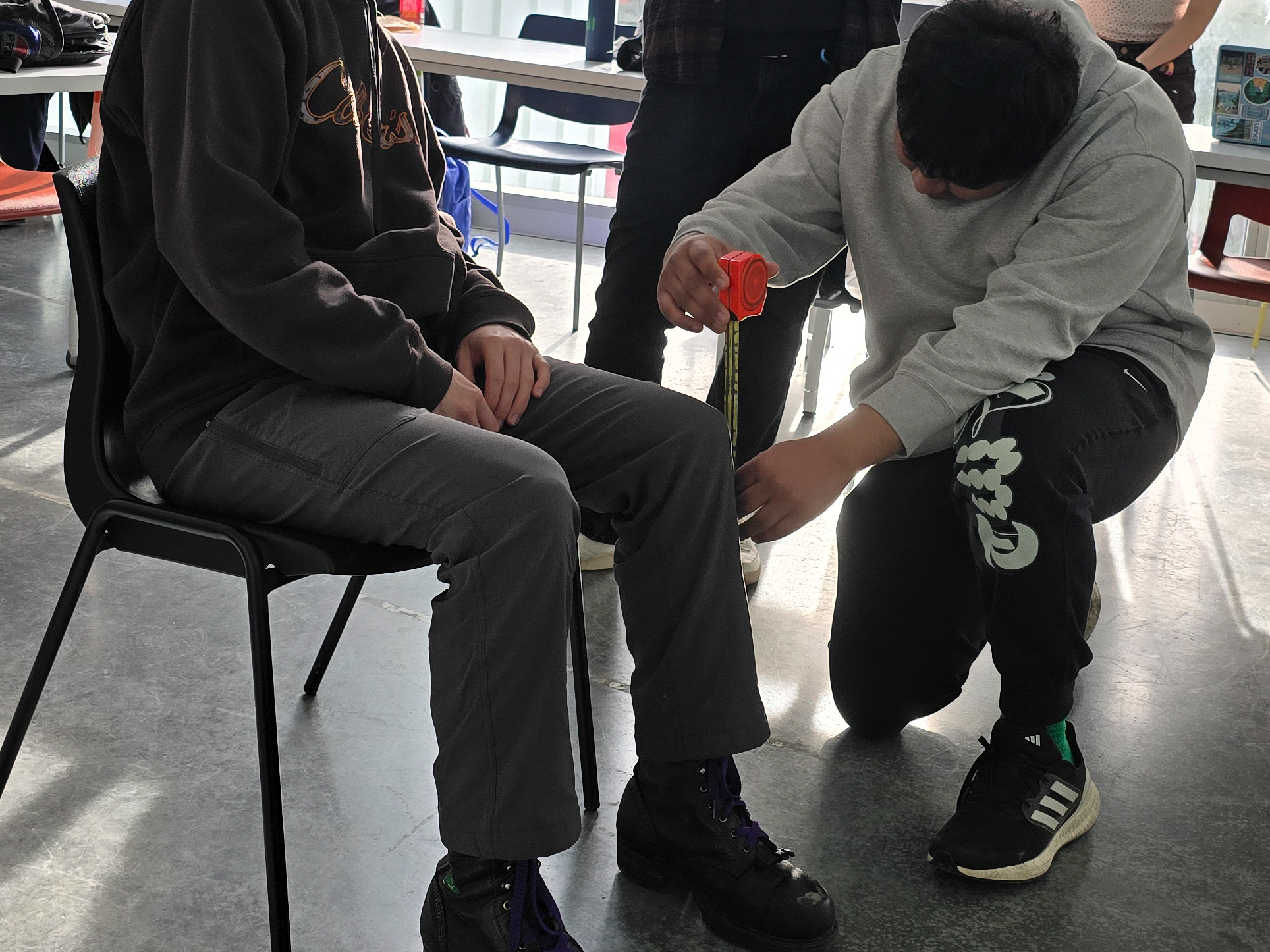
LECTURE
SCIE 217: Ergonomics
This course focuses on the fundamentals of ergonomics, and the interface between human and machine. Students gain a basic knowledge of safety, maintenance, and ease of use. They will learn methods for investigating user behaviours, anthropometrics, the design of control devices and displays, human factors, and environmental psychology.
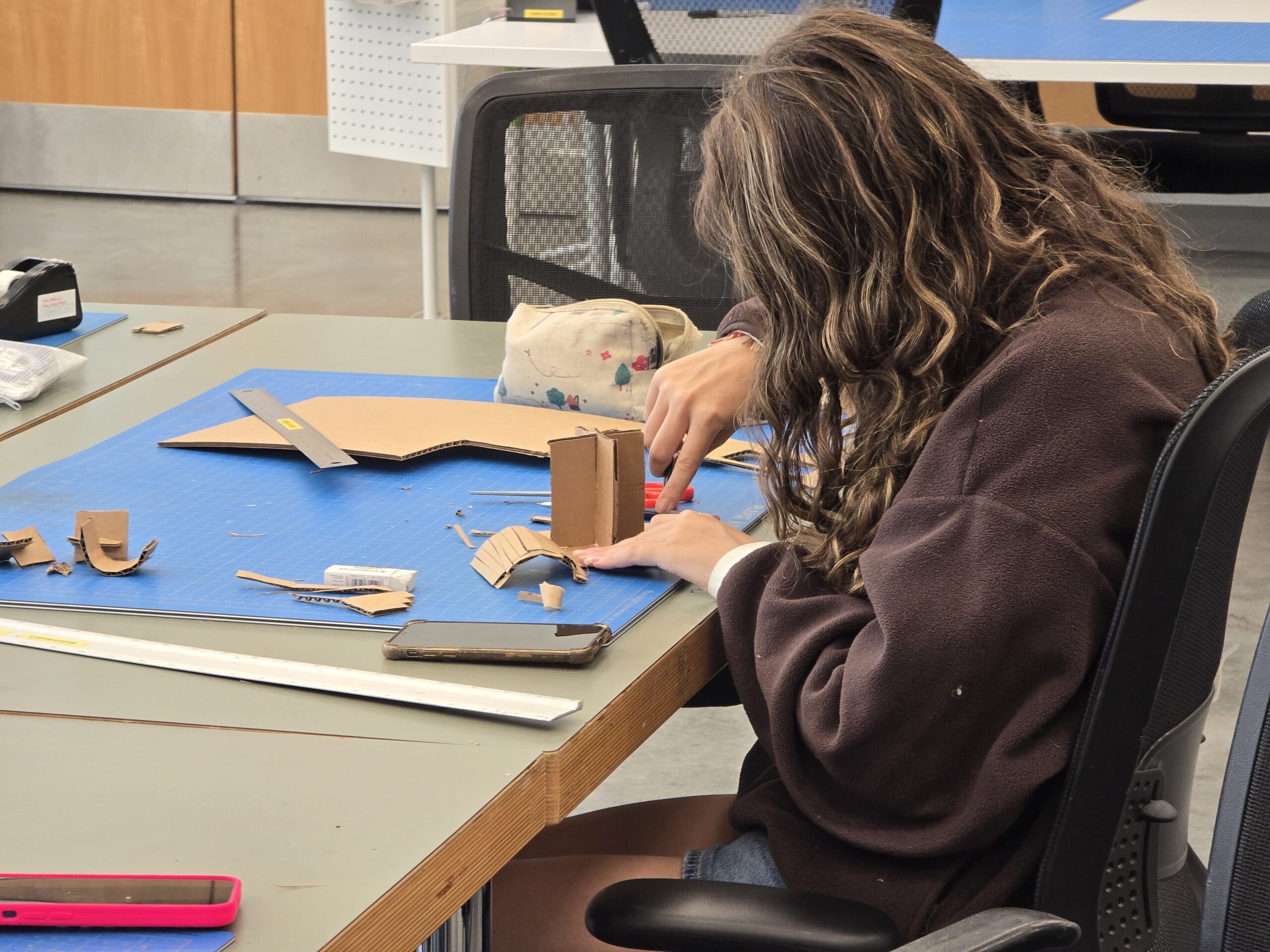
SUMMER TEENS
CSJA 126: Design for the Future
Utilizing imagination and creativity, students will explore how design can address real-world challenges and generate innovative solutions. Through collaborative, hands-on activities, students will begin to develop a designer’s mindset by applying design methods for creative problem-solving, generating ideas, and turning those ideas into tangible solutions.
INDUSTRIAL DESIGN/3D PRINTING SERVICES FOR EDUCATION
As it is with my advocacy, if you are a student, an educator, or an education-related organization in BC, Canada in need of industrial design or 3D printing services, feel free to reach out and let’s collaborate bringing ideas come to life in every classroom.
© Erik Asia 2025. All rights reserved.